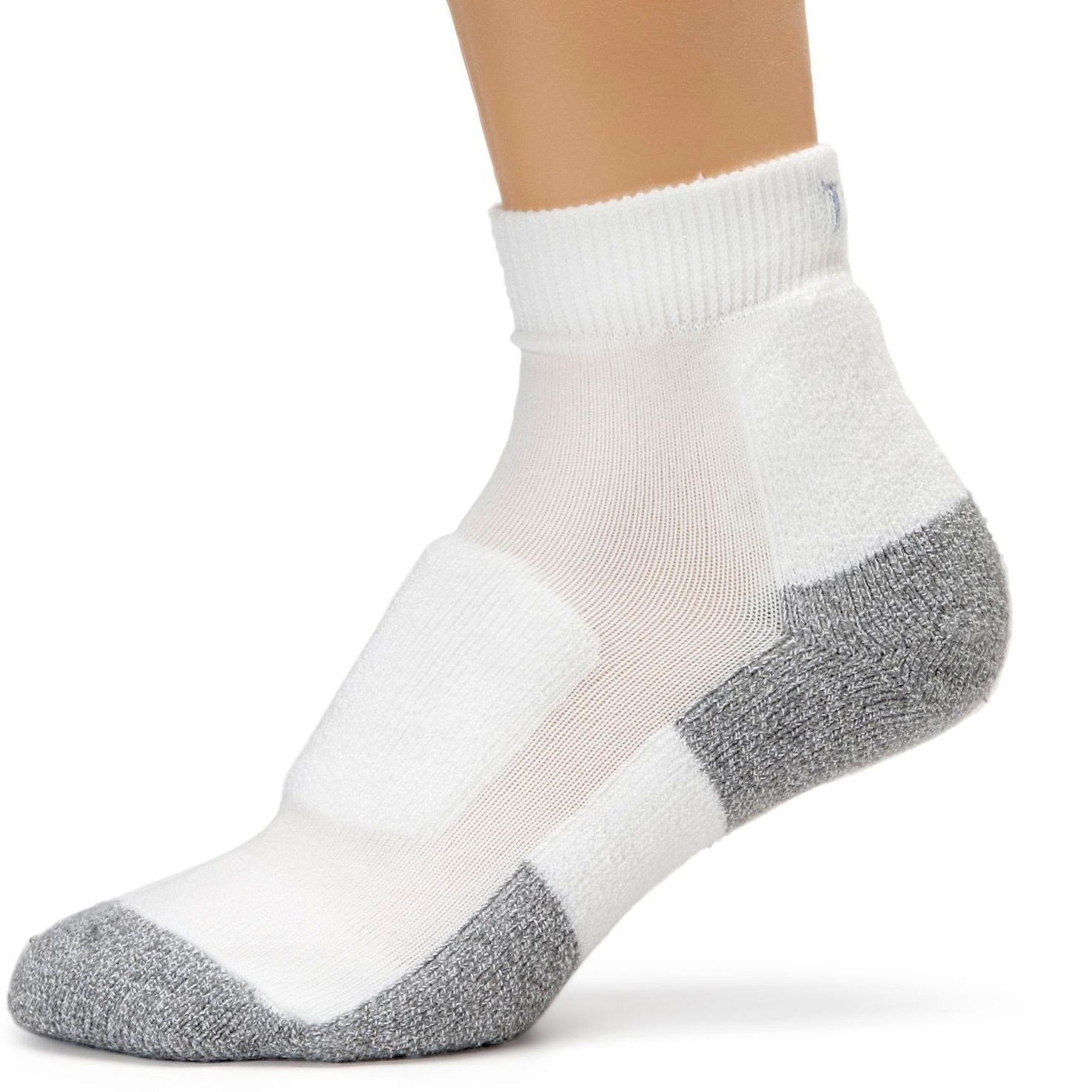
About Diabetic Socks and their benefits
Diabetic socks are designed to increase circulation, decrease the likelihood of foot injuries, and keep feet dry.
Damage to the nerves brought on by diabetes lessens the sensations the person feels in their feet. Reduced sensation in the feet reduces patients’ awareness of an injury or illness, raises their risk, and decreases their likelihood of visiting a doctor.
Since a steady flow of blood is essential for healing wounds, diabetes-related circulation problems impair the body’s capacity to recover from foot injuries.
Colorful diabetic Socks explicitly designed for diabetes have quickly become a vital part of foot care for those managing the condition. They are not necessary for all diabetic customers. Diabetic socks may be necessary if you are a diabetic patient and have these symptoms:
- Changes in skin tone or warmth, redness, swelling, fungus, blisters, or nerve damage in the feet.
- For those who have moist, perspiring feet all the time,
- If your pedal pulse is abnormally low (this measurement is taken at the top of the foot, behind the inner ankle)
Colourful diabetic Socks are to be worn if you have any of these symptoms. If you do not have diabetes, regular socks should be OK; however, if you are planning a vacation in which you will spend a lot of time sitting, diabetic socks are recommended to prevent swelling and maintain good blood flow.
Women with gestational diabetes should also wear diabetic socks due to the increased risk of developing deep vein apoplexy.
Using Diabetic Socks
Designed specifically for people with diabetes, diabetic socks are equipped with a wide range of features to meet their needs and help them avoid potential complications.
Seamlessness
As a rule, the toes of diabetic socks do not have seams. This lack of seams aids in reducing foot friction and blistering, which in turn reduces the risk of foot ulcers. These socks often include white bottoms to show where any wounds or sores are draining.
Restrictive Holding
The design of diabetic socks prevents them from sliding down. They’re glued to the spot where they’re standing. They are designed to keep your legs up without compressing your calves and increase blood flow.
Product That Soaks Up Humidity
Manufacturers have created moisture-absorbing and moisture-wicking materials to evaporate perspiration from the foot, which prevents moisture buildup, leading to foot odour, fungal infections, and other foot problems. The greater the time a foot spends dry, the safer it is.
Fabrics created from acrylic fibres are superior to cotton for absorbing moisture.
Softness
Diabetic socks are often fashioned from fine-textured, supple fabrics like bamboo and wool. As they are less abrasive on the skin, these materials reduce the risk of blisters and friction burns.
In addition to their comfort, these materials also offer antimicrobial qualities.
Sole padding
Shoes with more padding at the soles are more comfortable and can lessen the risk of foot pain. They help out and keep you safe, especially when things get tough.
The padding in socks can also be placed in a variety of ways. Diabetic socks with padding in the ball of the foot can help those who exercise frequently avoid foot pain.
Silicone pads or thick material can be used as padding.
Antimicrobial Properties
There are diabetic socks available that are woven from yarn infused with copper or silver. The inherent antibacterial qualities of these components help keep them free of odour-causing bacteria and fungal illnesses.
Ingenious Step Forward
Some diabetic socks have built-in sensors that can detect and measure things like foot ulcer growth, temperature, pedal pressure, and more. Typically, these sensors are linked to a coin-shaped battery worn in the sock.
Also, Read More About – O2 Syrup Uses in Hindi

